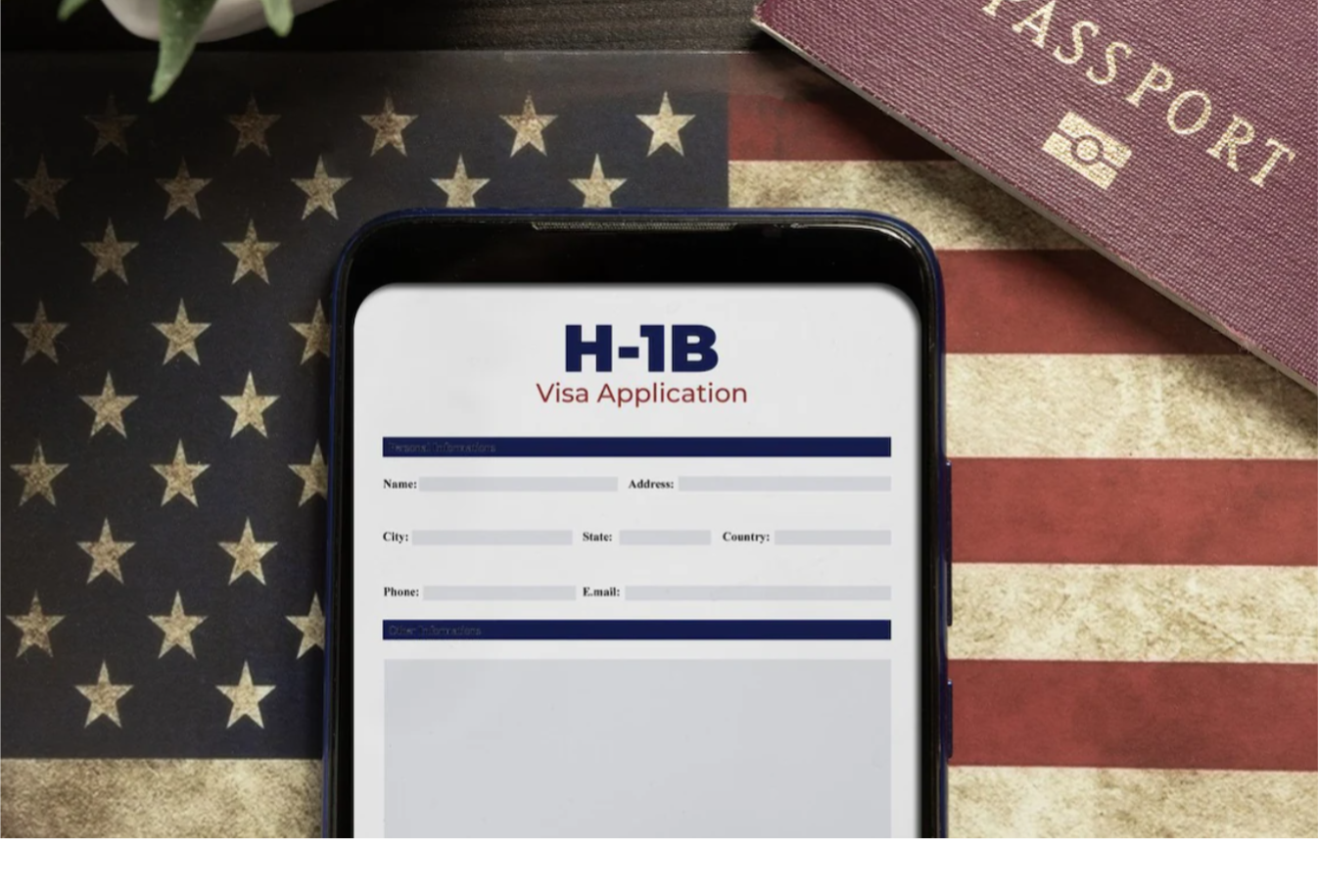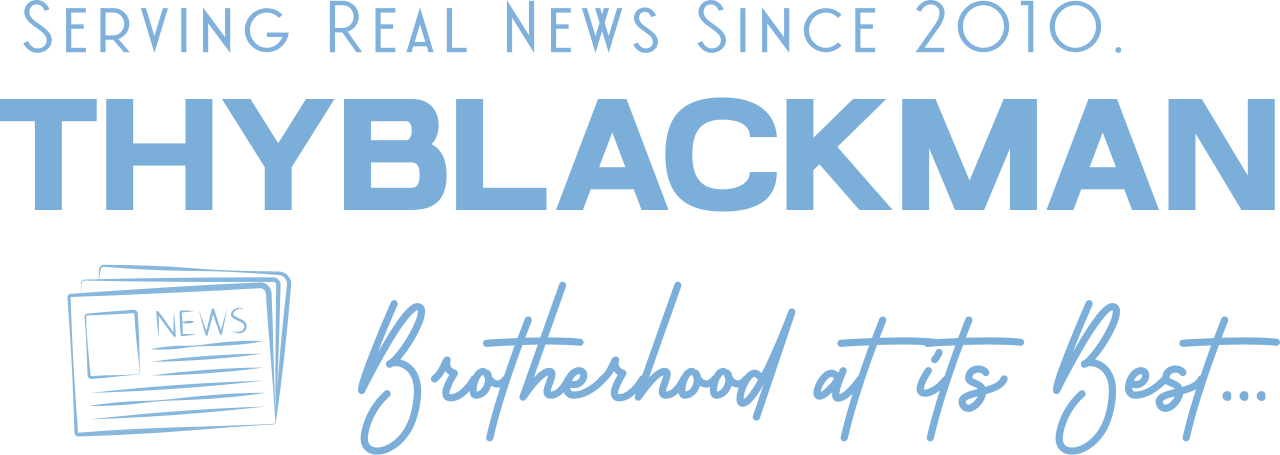(ThyBlackMan.com) The time has come to praise Donald Trump. Let’s savor the moment.
The president is right to challenge the tech worker visa known as H-1B. This is a temporary visa that lets American companies hire skilled foreign workers in “specialty occupations.”

The visa’s fans offer a mirror image, with a twist, of the popular argument that low-skilled immigrants do jobs Americans won’t do. They say that the H-1B program provides workers for jobs that Americans can’t do.
Consider, however, the employers’ extra incentive of paying holders of the H-1B visas less than the “prevailing wage” for Americans with similar skills. They’re not allowed to, but they often do.
Some have laid off their American employees after forcing them to train their cheaper H-1B replacements. The maneuver is cleverly spun as “knowledge transfer.” Companies accused of such practices include Disney and Southern California Edison.
Critics further note that the visa holders frequently don’t come with skills so fabulous that there aren’t Americans willing and able to do the job. Another concern is the currently weak demand for tech workers in this country. Since 2024, more than 240,000 tech workers have been laid off. Americans with these credentials are finding it harder to get these positions, and the rise of artificial intelligence is likely to reduce opportunities even further.
An H-1B visa is valid for up to three years but renewable for a total of six years. The job can turn permanent if the worker has a green card application in the works. Thus, the visa eases one’s way to U.S. citizenship without going through the usual immigration process.
The program’s boosters contend that the visa brings in highly skilled workers from all over the world who may stay and build the economy. That’s a compelling argument.
But the mechanics behind disbursing these visas do not speak of a level playing field across the globe. About 70% of the recipients are Indians. That reflects a growing industry dedicated to flooding the H-1B lottery with Indian applicants. Tata Consultancy, an Indian tech services firm, last year captured 5,500 H-1B visas out of the annual quota of 85,000.
“The Path to the American Dream Is Narrowing for Indian Tech Workers.” So reads a Wall Street Journal headline about expected changes in the H-1B visa program.
Why must the Indian Dream be to move to America? We understand the allure of Silicon America and the vast riches some tech entrepreneurs have harvested there. Several of the billionaires were Indian immigrants. But there is a considerable and growing tech industry in India that also needs workers with valuable tech skills.
Those with invaluable skills would still be able to work in America under the proposed changes. The administration’s plan isn’t to end the program but to charge $100,000 for every H-1B application. The biggest users of these visas are Amazon, Google, Microsoft, Apple and Meta. These companies are loaded. Given what top tech talent gets paid these days, a fee of $100,000 per applicant would seem a mere rounding error.
The fee would weed out the less-impressive applicants and reduce the financial incentive to recruit cheap talent abroad. Some Silicon Valley CEOs see wisdom in this approach. Posting on X, Netflix co-founder Reed Hastings called it “a great solution.” By reducing competition, the fee would enhance the chances of candidates with truly special skills — and lessen the need for a lottery.
Even if you buy the argument that Americans lack the skills that foreigners bearing H-1B visas offer, there’s an alternative. Sometimes the way to find Americans who can do the jobs they allegedly can’t do is to train Americans to do them.
Written by Froma Harrop
Official website; https://twitter.com/FromaHarrop

















Leave a Reply